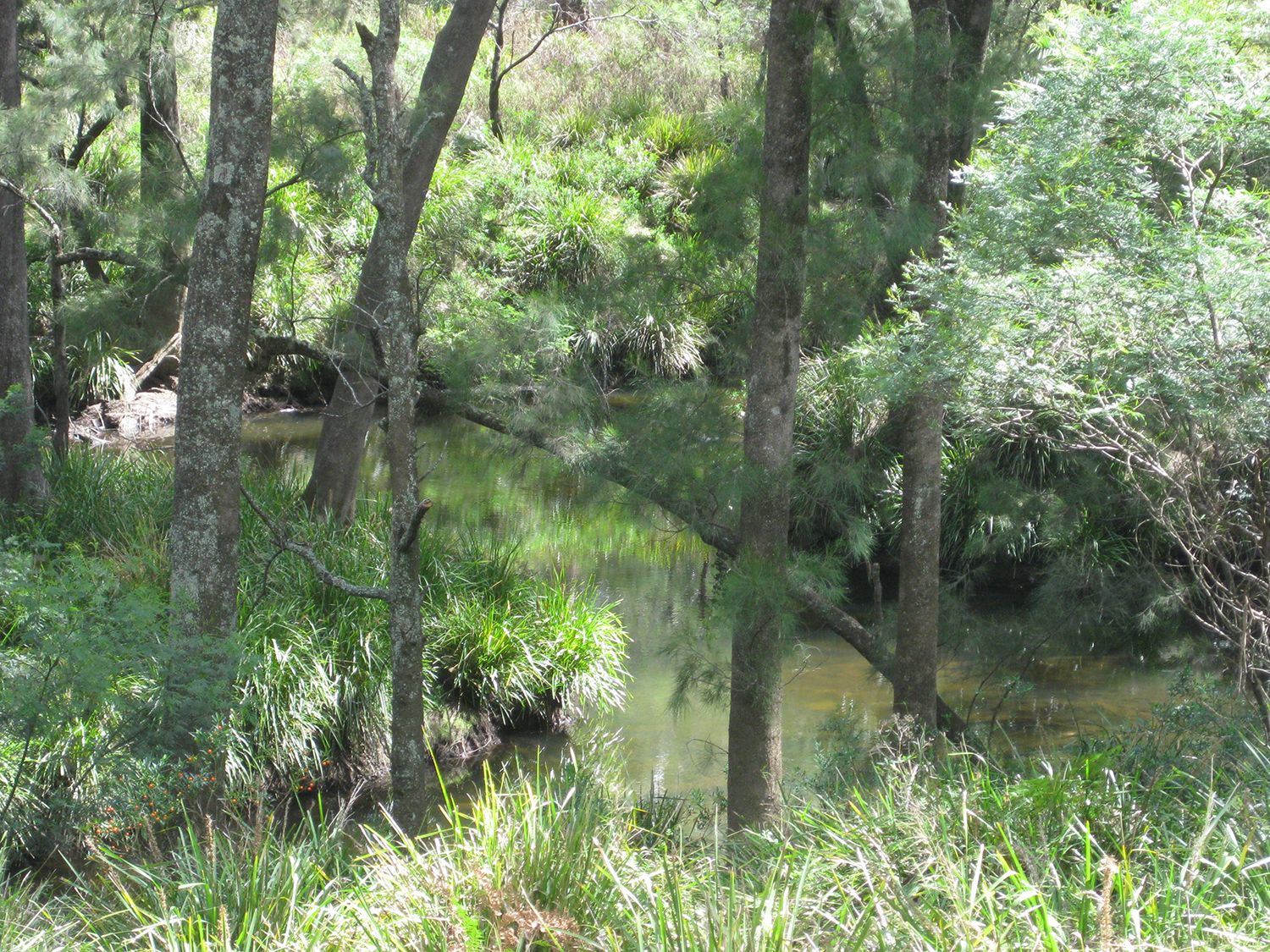Excluding stock is the critical first step in protecting your riparian area, but simply ‘locking it up and leaving it’ will cause you problems further down the track.
For most farmers, exotic weeds that prevent native vegetation becoming established and spread to other parts of their property, are their biggest riparian management issue. Other issues include controlling pest animals (such as rabbits, foxes, and feral dogs and pigs that find cover in, and may also damage, the riparian area), and reducing the risk of bushfire.
Depending on the condition of your riparian area, you may also want to invest in projects to achieve outcomes like restoring biodiversity, stabilising erosion or slowing the flow of water. These projects take time to plan, execute and maintain, and should be factored into your long term farm plan.
Like any other part of your farm, your riparian land needs regular care and attention to ensure it becomes and remains a healthy and productive part of your business.
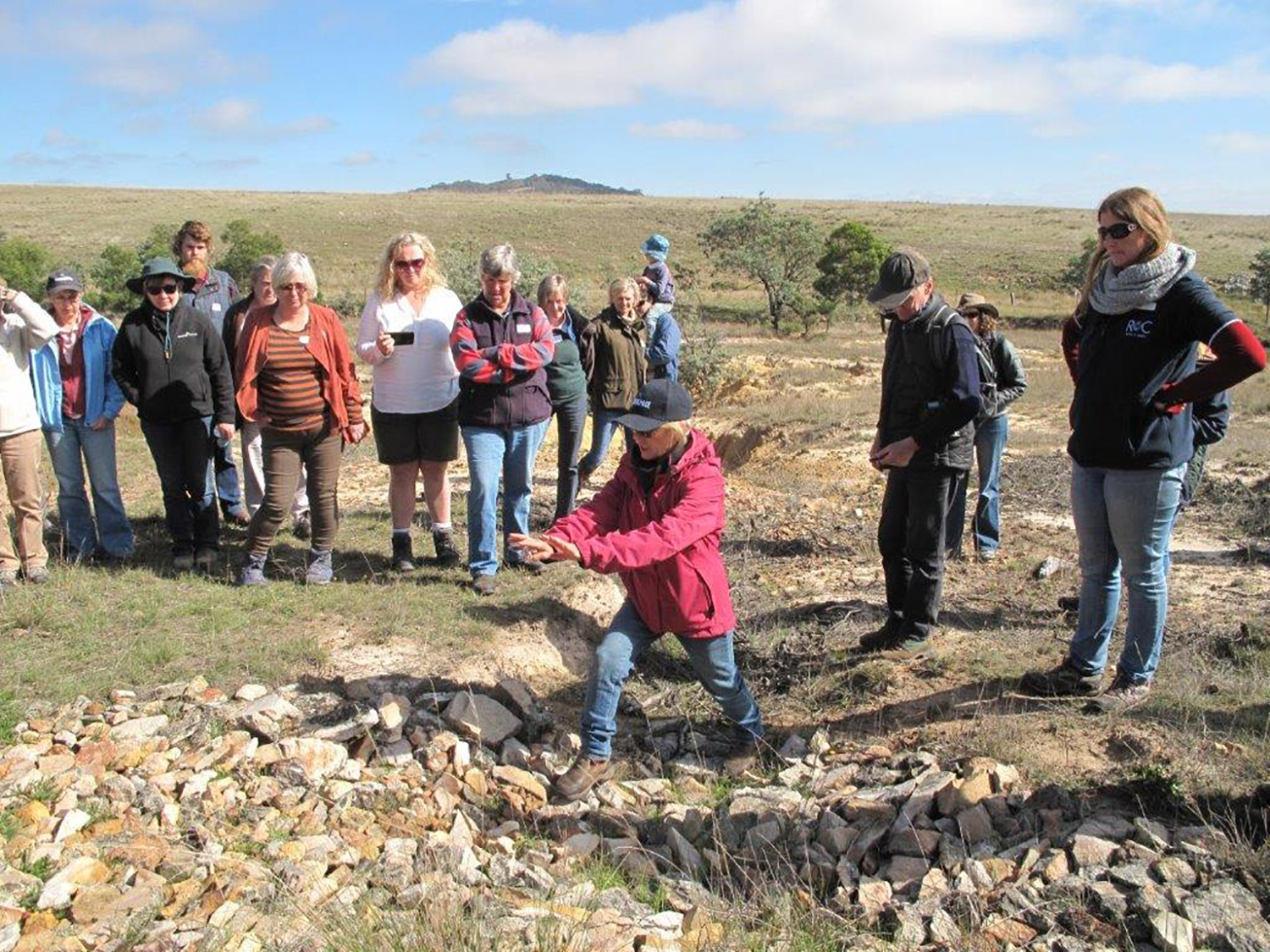
Managing weeds
The cessation of grazing will give all plant species – including the ones you don’t want – the opportunity to become established in your riparian area. Plan ahead so that you can keep on top of the weeds as soon as they emerge, and prevent them out-competing the desirable species.
The first two or three years after you stop grazing your riparian land will generally require the most intensive weed control; as the native vegetation becomes established, it becomes more difficult for weeds to invade an area. Reduced dung and urine loads will also make your riparian area less appealing to many exotic weeds.
The following discussion contains general advice that will help you develop your own control program.
Know your weeds
Being able to correctly identify the weeds in your riparian area will ensure you apply the right product or best procedure, at the most appropriate time. Taking a ‘one size fits all’ approach to weed control will never be 100% effective against all weeds. It may also cause some plants to develop resistance to your control methods.
Your Local Land Services, natural resource management agency or council will be able to advise on the best strategy for controlling the most common weeds in your district, and what help is available.

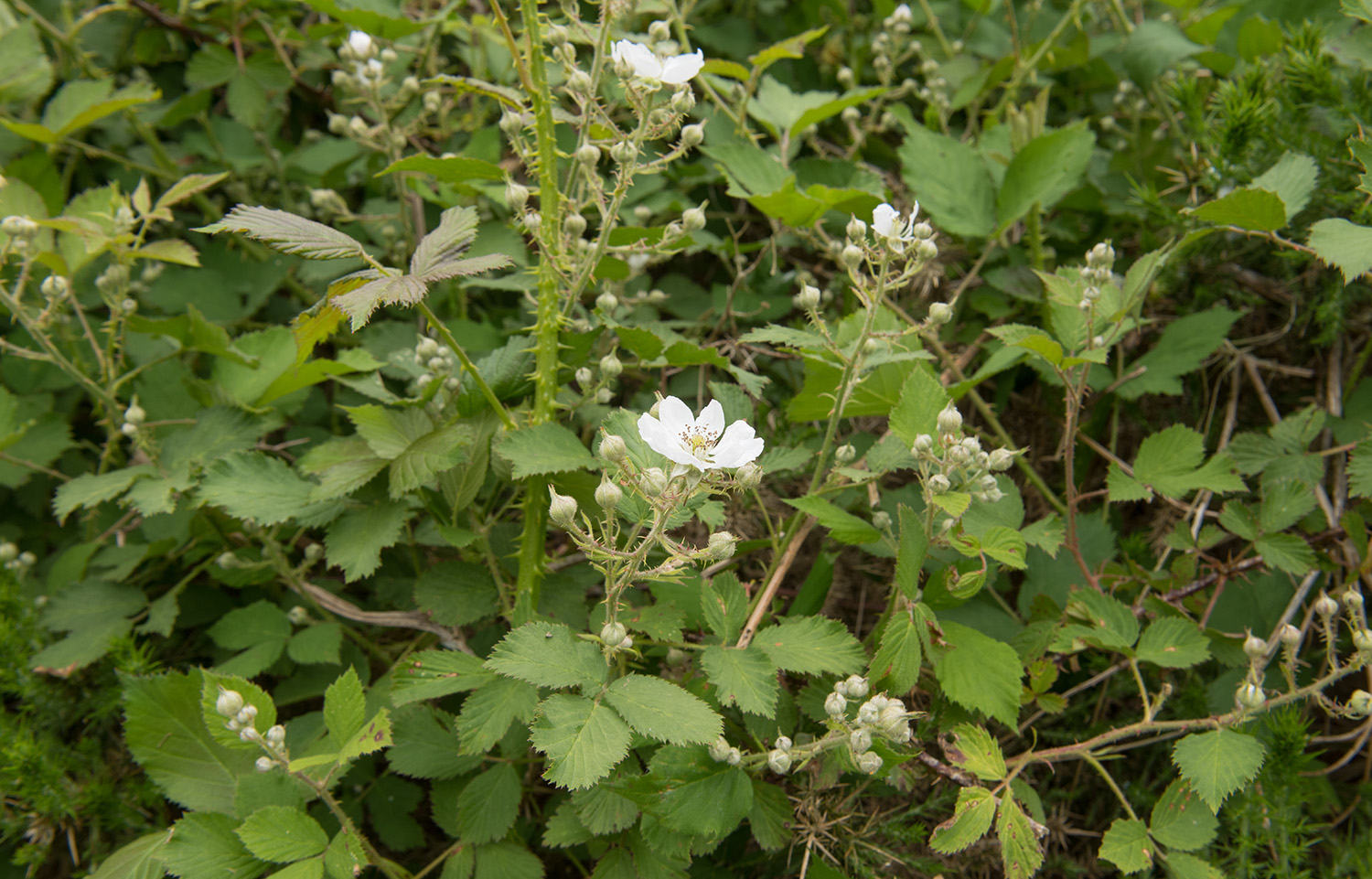
Timing is everything
Understanding the life-cycle of your target weed(s) will ensure you apply or carry out your chosen control method when it is most likely to be effective. Herbicides are generally best applied when the weed is actively growing. Mechanical removal is often easier when the plant is dormant.
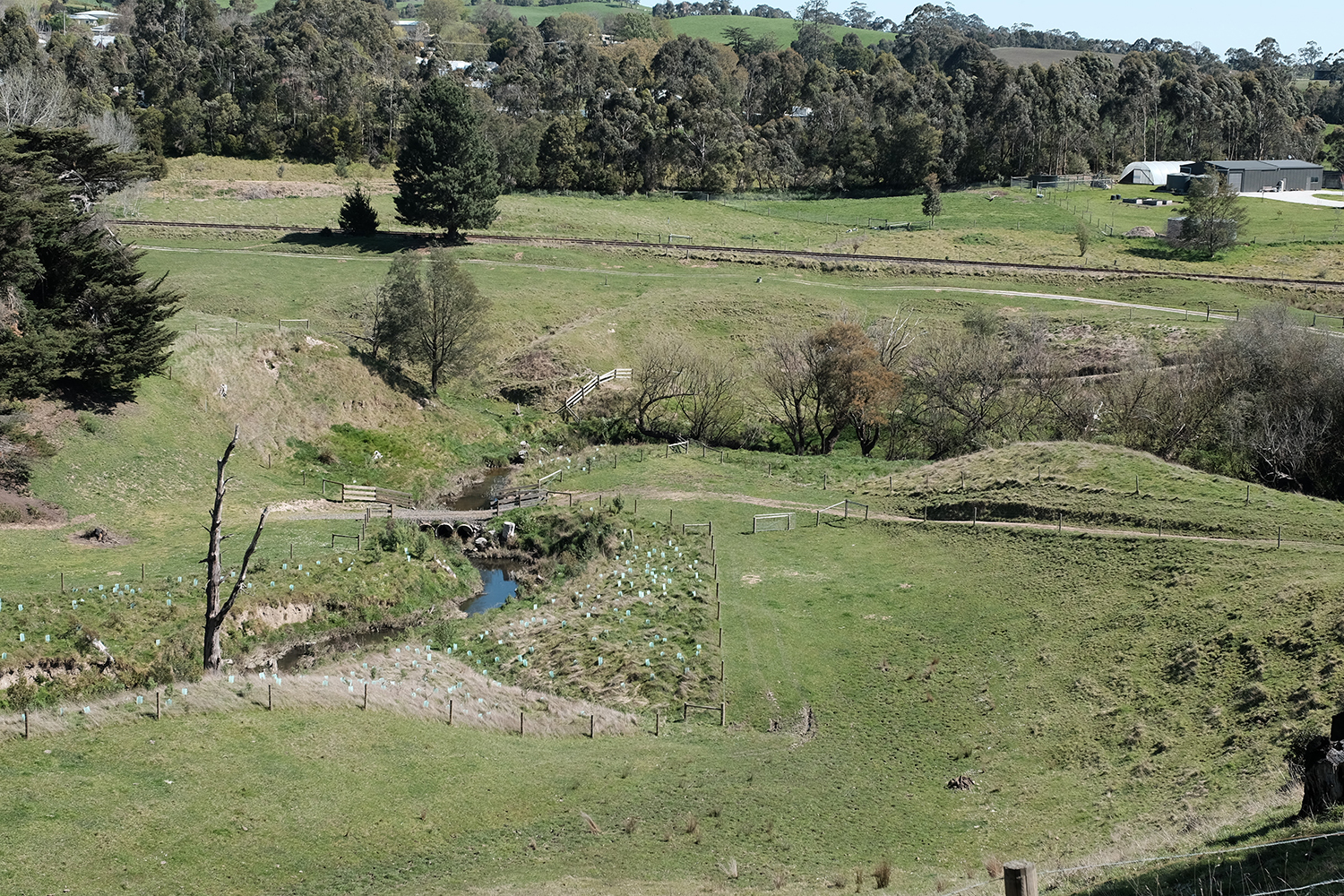
Work with your neighbours
Programs that involve all landholders along the waterway are recommended for effective long term control of highly invasive weeds like blackberry and some kinds of willows.
Tackling large infestations of these weeds is a large job and needs to be done properly to avoid erosion. Follow up revegetation and weed control are also necessary to prevent re-infestation.
Contact your Local Land Services or council to organise a site assessment and to see what programs and incentives are available.
Prioritise weed control if banks are bare
Your riparian areas will be most vulnerable to weed invasion if they are degraded or bare – for example. after a flood, fire, extensive weed removal or loss of vegetation from disease. Factoring extra time to target these areas over the next two or three seasons will be necessary so that weeds do not get the opportunity to become established.
Regular, long-term weed control is best
You are unlikely to eradicate weeds at once. Factoring in regular weed control, at the optimum time for the weed(s) you are targeting, into your farm management will yield the best results.
Begin your weed control at the upstream end of your riparian land. This removes the source of future seed, root and branch matter that can wash into the waterway and colonise vulnerable areas downstream.
Use herbicides responsibly
When using herbicides:
- choose a herbicide that is safe to use around waterways.
- follow the directions for use on the label.
- only spray when the risk of herbicide entering the waterway is low.
- take steps to prevent residues entering the waterway in run-off.
Responsible grazing may help
Some weeds are palatable to stock and may be grazed to a height that makes it easier to spray or remove them. See Section 8 to help you implement a grazing strategy to control weeds while avoiding damage to the riparian area.
Avoid burning for weed control
Regular burning for weed control favours weeds over native plants, and also creates bare patches that are at risk of erosion. Even ‘cool burning’ which does less damage, carries the risk of ash being washed into the waterway and smothering aquatic life.
Revegetation is an excellent weed control tool
Revegetating the site after you have carried out weed control will reduce the risk of re-invasion. Once there is a mix of grasses, shrubs and trees, it is much harder for weeds to become established.
Most weeds need sun to survive. Landholders often report that the need for weed control diminishes as native vegetation grows taller and thicker and overshadows the weeds.
Regenerating and revegetating with native plants
Many farmers report that native plants regenerate naturally after stock are excluded from the riparian area. If you want quicker results, however, or you need to address specific problems like erosion, poor water quality or a lack of biodiversity, you should consider revegetating all or part of your riparian area. Here are some general guidelines to help get you started.
Plan and prepare a season ahead
Even small revegetation projects require planning and preparation. Most sites require at least one season’s weed control before planting, and any earthworks must have time to settle before planting. Remember, too, that plant and seed suppliers usually need advance notice, especially for large projects or if you want to use species that are local to your area.
Determine your objectives
The size and scope of your revegetation project will be depend on what you are hoping to achieve. Revegetating for water quality, for example, could involve planting out a 5m wide strip along the waterway with a mix of sedges and rushes. In contrast, biodiversity plantings are much broader and longer, and comprise a variety of trees, shrubs and grasses. A good tree-shrub-grasses ratio for biodiversity plantings is 5:50:500.
On-site advice is always recommended, particularly for larger projects. Contact your Local Land Services or natural resource management agency for help evaluating and preparing your site, and selecting and sourcing the best plants for your project.
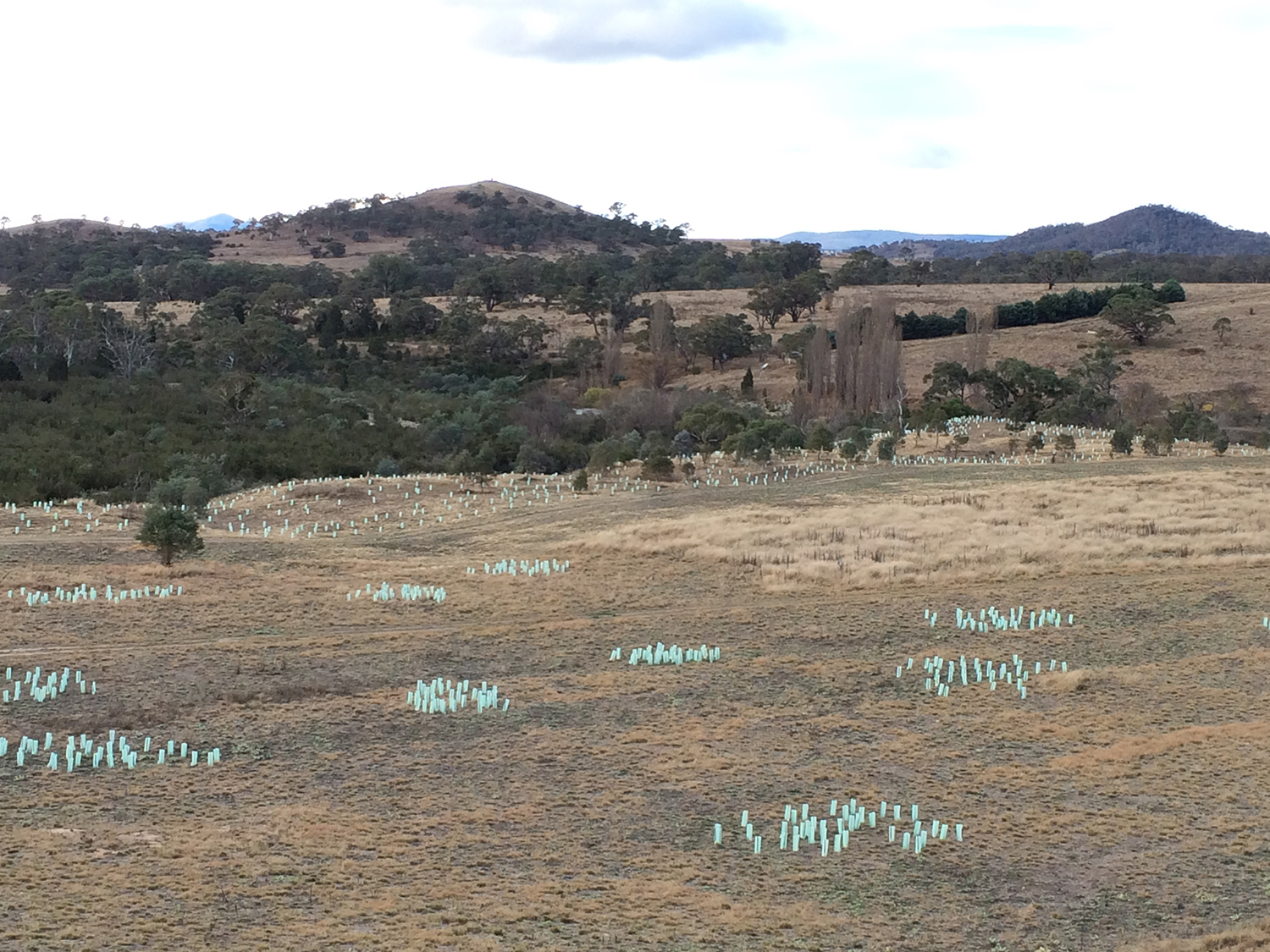
Endemic or native plants are best
Unless you are prepared to propagate your own plants, your plant selection will most likely be determined by what is commercially available.
Endemic plants (those that are found naturally in your area) are best, but native plants that can cope with your site’s conditions, will generally be appropriate. There are species lists available for most regions in New South Wales that will help you choose the right plants for your riparian area.
Direct seeding, tube stock or transplanting?
Direct seeding (where the seed is drilled directly into the ground using special machinery) is suitable for easily accessible, broad scale revegetation projects. Direct seeding has the advantage that the seed remains in-ground until conditions are favourable for germination.
Tubestock is more suitable than direct seeding for revegetating banks, hard to reach areas and smaller projects (‘top-up’ plantings, for example). Tubestock is generally best planted in autumn or spring in anticipation of wet weather. Losses may be high if planting is followed by a difficult season.
Transplanting is suitable for plants like rushes, reeds and grasses that can be propagated via division. Transplanting should be carried out in winter when plants are dormant to reduce the risk of shock.
Ask your Local Land Services, Greening Australia, Rivers of Carbon or natural resource management agency for a plant species list for your part of New South Wales.
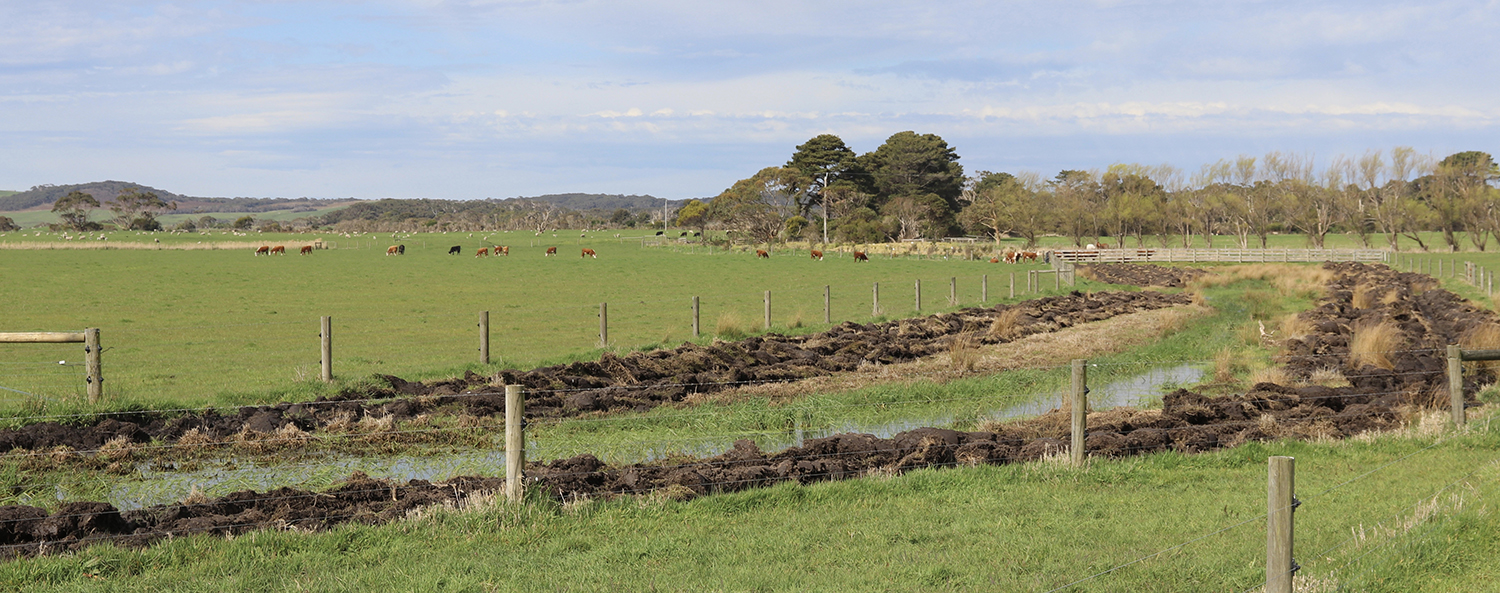
Protect your plants
Excluding grazing is essential until your plants are above browsing height, and even then, you will need to take care that cattle and horses do not snap the branches off trees and saplings.
You may also have to consider using guards around individual plants, or fence off your site, to prevent damage caused by marsupials and pest animals such as rabbits and deer. There are also products available that manufacturers claim deter browsing animals by making the plants taste or smell unpalatable.
Don’t forget your weed control! Follow up weed control is essential until your site is properly established.
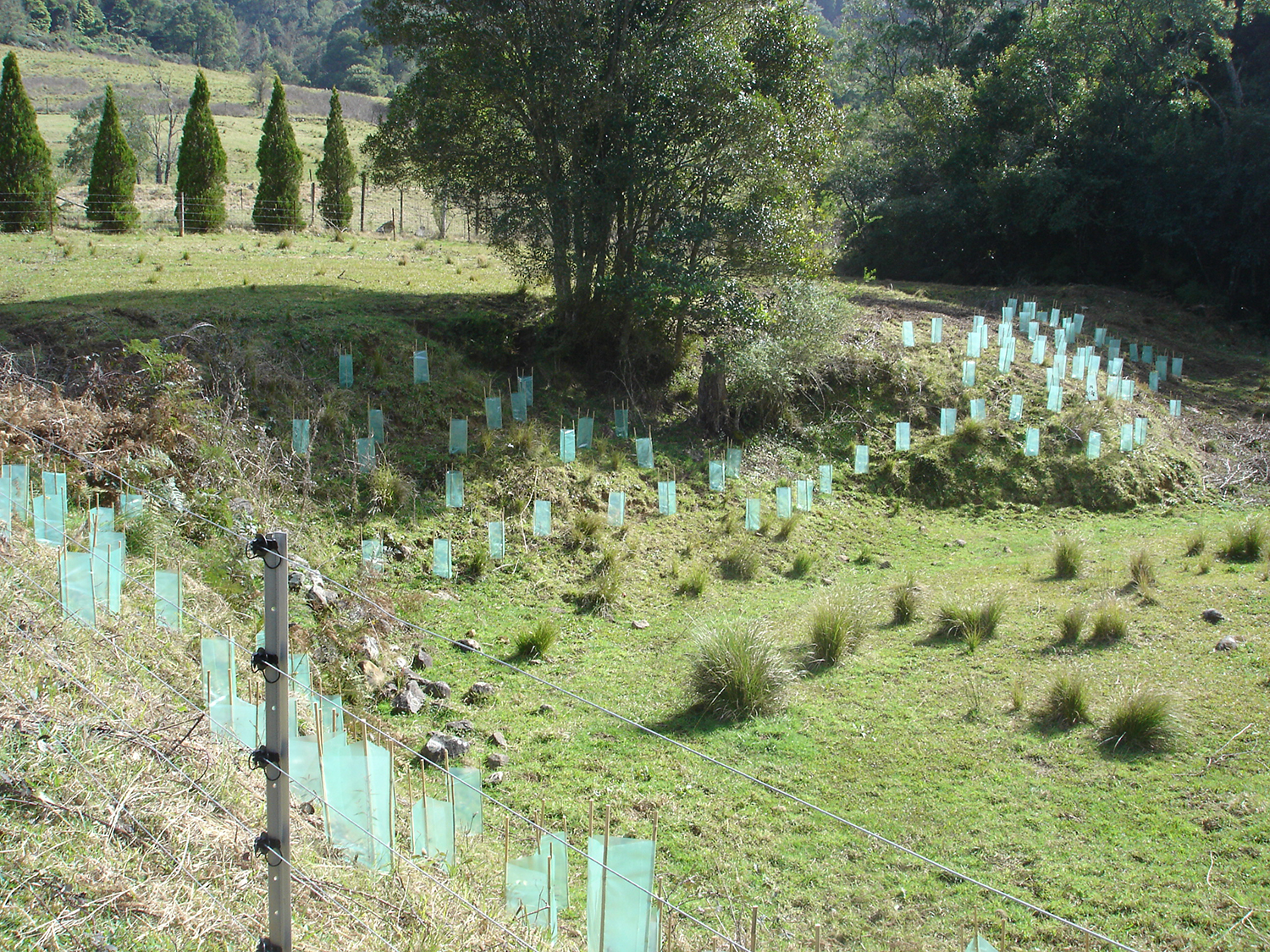
Managing pest animals
As your riparian area regenerates, you will find that it becomes home to increasing numbers of animals. Unfortunately, they may include pest or feral animals such as foxes, rabbits, goats, dogs or pigs. Disproportionately high numbers of native animals can also cause damage to your riparian area.
You should contact your Local Land Services or natural resource management agency for information regarding the most effective control methods for the pest animal(s) you wish to target, and whether there are any community control programs being run in your area.
Depending on the severity of the problem, you may wish to consider building your fences to exclude certain pest animals. (Electric ground wires can help deter foxes and wild dogs, for example.) Your local fencing contractors, fencing supply companies and industry bodies can provide you with more advice on designing fences to manage specific pests.
Download a PDF copy of Section 9: Ongoing Riparian Care.
Fill in the form below and we’ll send you a digital copy.

We have incentives available for managing stock around waterways on your farm…
Through our Rivers of Carbon program we can help you manage stock around waterways. We will visit your property and work with you to develop a plan for your waterway that may involve fencing, off-stream water, small-scale erosion works, and re-vegetation.
Once we have an agreement in place on what we want to achieve together, we generally cover at least half of the costs involved in implementing the agreement. Click the button below to learn more about our program:
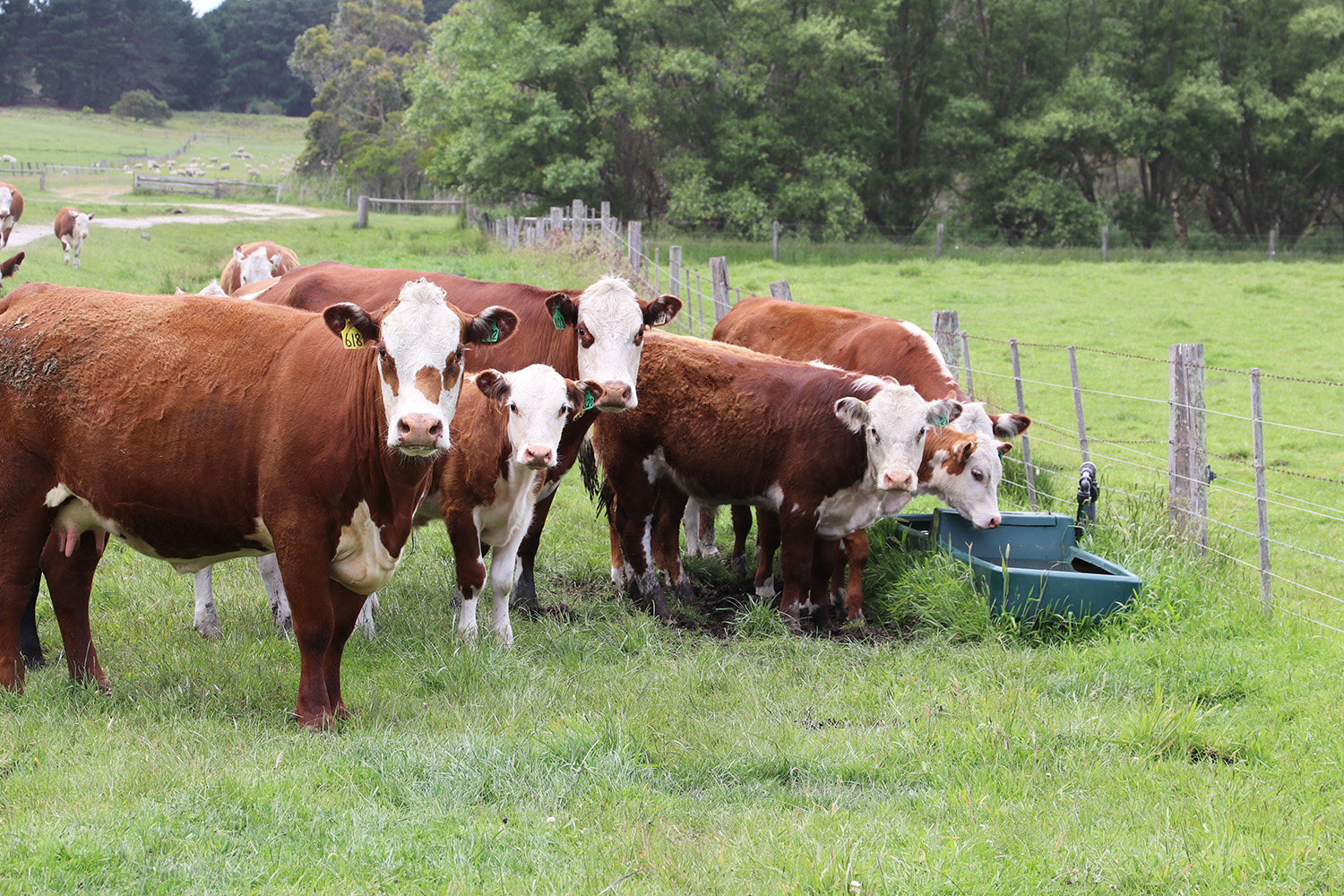
This website is a collaborative project between:




